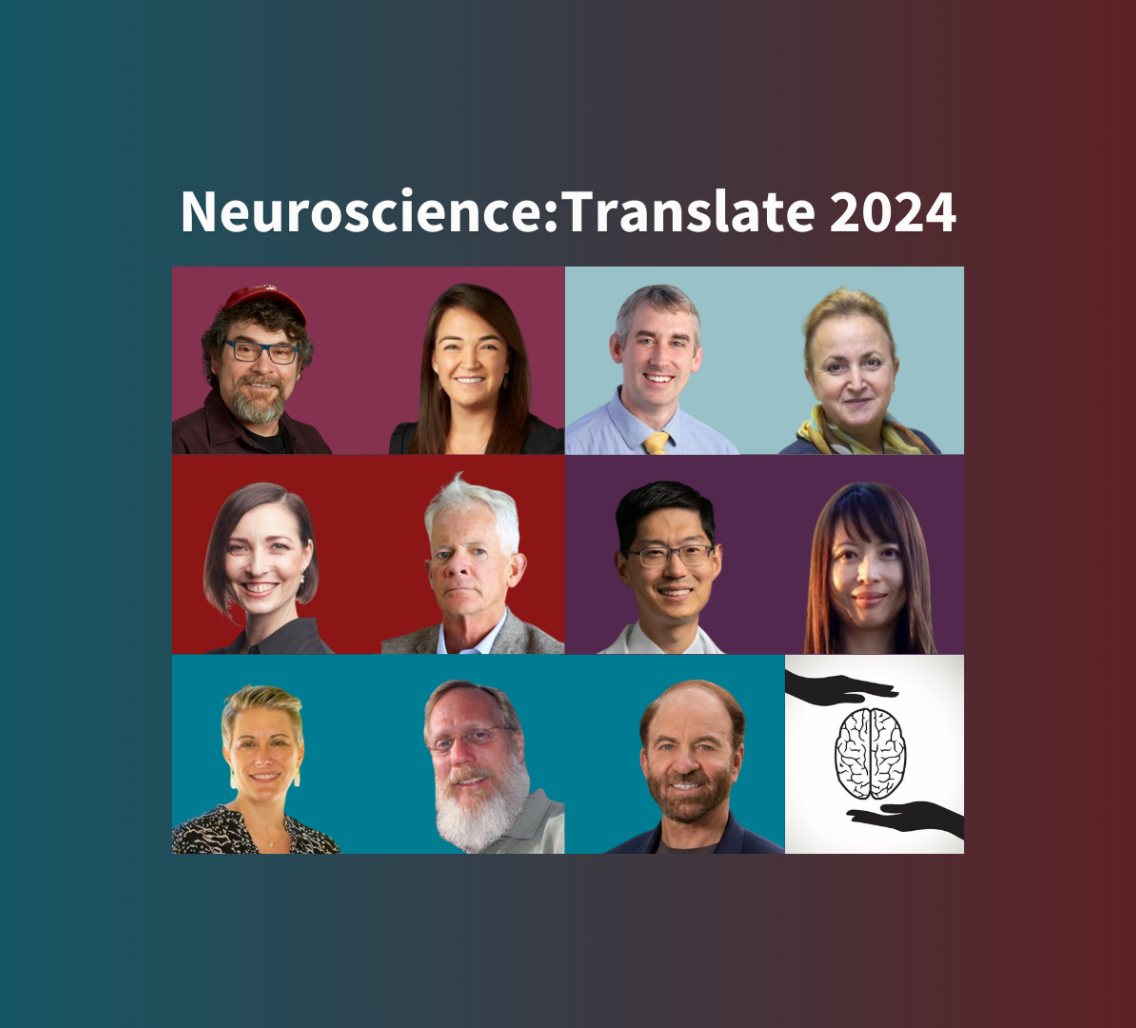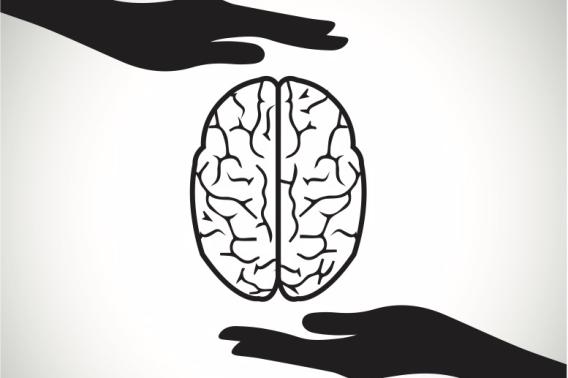Wu Tsai Neurosciences Institute announces 2024 Neuroscience:Translate awards

Medical technologies often require significant time and resources before clinicians and patients can use them.
To help accelerate this process, the Wu Tsai Neurosciences Institute’s Neuroscience:Translate grant program supports teams of cross-disciplinary researchers to help them advance their research toward practical use. This year, awardees span the schools of Medicine, Engineering, and Humanities and Sciences.
“The Neuroscience:Translate award bridges expertise in very different disciplines, which is key to advancing therapeutics for devastating brain disorders,” said Xinnan Wang, an associate professor of neurosurgery and one of this year’s awardees.
“We provide researchers with funding and mentorship to take discoveries further and develop them into spinoff companies or clinical studies,” Allison Okamura, Richard W. Weiland Professor in the School of Engineering and a Neuroscience:Translate grant committee member, recently told Stanford Report.
The Wu Tsai Neurosciences Institute has awarded Neuroscience:Translate grants annually since 2019, in partnership with the Stanford Byers Institute for Biodesign. In addition to research funding, the program connects teams with Stanford Biodesign's network of industry mentors — some of whom serve directly on the program's oversight committee — who share strategic advice and connections to help advance winning teams’ discoveries from the lab to the clinic.
"The Neuroscience:Translate program is intended to support and mentor high-potential projects coming out of Stanford research labs and accelerate their path to practical applications for patients," said Gordon Saul, the executive director of the Stanford Byers Center for Biodesign, which administers the awards. “Past projects that have come through the program are making significant progress into clinical trials to advance patient care.”
This year’s grants support projects on the development of a pharmaceutical to treat vertigo, a new therapy to improve stroke recovery, a molecular imaging technique to find early predictors of multiple sclerosis (MS), testing a potential therapy for spinal cord injury, and improving treatment options for the brain tumor Glioblastoma (GBM).
“We’re incredibly excited to receive this grant and truly believe it will accelerate our goal of creating and translating an imaging product that could have a meaningful clinical impact in the area of neurodegenerative diseases,” said awardee Michelle James, an assistant professor of radiology and neurology affiliated with the Stanford Molecular Imaging Program.
“This type of translation is not only about starting businesses and companies but also about improving human lives,” added Okamura. “Neuroscience:Translate moves the science into translation and teaches researchers how to understand and participate in that process. Those are things that echo throughout our careers.”
Funded Projects
Small molecule ion channel modulator to treat acute episodes of peripheral vertigo
- Anthony J Ricci, Department of Otolaryngology (Head and Neck Surgery)
- Kristen K Steenerson, Department of Otolaryngology (Head and Neck Surgery); Neurology & Neurological Sciences
This team is developing a small molecule that targets a voltage-gated ion channel within the inner ear for the symptomatic relief of peripheral vertigo attacks. They will use their Neuroscience:Translate award to further develop this molecule to restore normal function and improve activities of daily living for patients experiencing peripheral vertigo.
Creating a pharmacologic stroke recovery therapy
- Paul George, Department of Neurology & Neurological Sciences
- Daria Mochly-Rosen, Department of Chemical and Systems Biology
This team has identified a promising protein-based therapeutic to improve stroke recovery. The team will use the Neuroscience:Translate award to identify key components of this protein to maximize its therapeutic potential for stroke treatments.
Clinical translation of a new PET radiotracer for mapping innate immune activation in multiple sclerosis and other neurodegenerative diseases
- Michelle L James, Department of Radiology
- Hannes Vogel, Department of Pathology; Genetics
This team recently identified a selective biomarker of inflammation-promoting immune cells in the central nervous system. They will use their Neuroscience:Translate award to develop non-invasive molecular imaging strategies to distinguish between harmful (pro-inflammatory) and helpful (anti-inflammatory) immune cells in patients with Multiple sclerosis (MS), a critical unmet need that could help speed the selection of the right therapy for a given individual.
Assessing the feasibility of an autologous cell/gel therapy for spinal cord injury
- Sarah C Heilshorn, Department of Materials Science and Engineering
- Theo Palmer, Department of Neurosurgery
- Gary K Steinberg, Department of Neurosurgery
This team has developed a new therapy for patients with spinal cord injury, involving injection into the spinal cord of patient-derived stem cells within an engineered protective gel. They will use their Neuroscience:Translate award to further test and develop this novel therapy in preparation for first-in-human clinical trials.
Targeting mitochondria in glioblastoma
- Michael Lim, Department of Neurosurgery
- Xinnan Wang, Department of Neurosurgery
This team recently discovered that a small molecule they had originally developed to treat Parkinson’s disease could also reduce the volume of glioblastoma tumors – the most common form of aggressive brain tumor — by targeting the mitochondrial protein Miro1. They will use their Neuroscience:Translate award to study the mechanisms of the compound’s anti-tumor action and prepare to apply for investigational-new-drug status to move this discovery toward the clinic.


